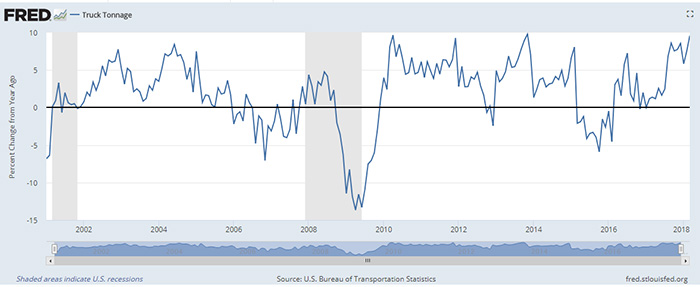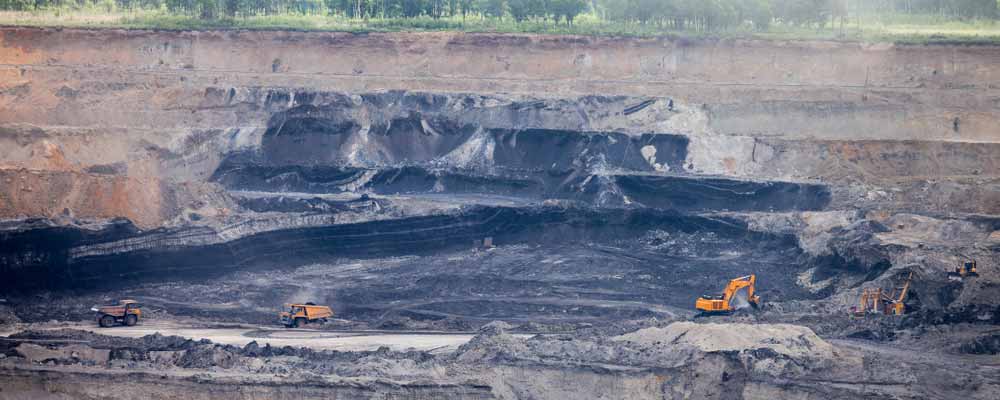New technologies
Investors like new ideas. New technologies bring rapid growth. And growth leads to big gains in stock prices.
But old ideas also have value. As things change, it can help to look at how they also stay the same.
In the 21st century, the blockchain helps shipping companies identify where everything is. That’s important. But the industry really is a lot like it was in the 1880s.
Shipping means getting something from point A to point B. Ideally, it gets there on time. This hasn’t changed in hundreds of years.
Railroads worked to deliver things on time in the 1880s. They do the same today.
In the 1880s, the amount of stuff shipped depended on economic growth. When growth was strong, the shipping industry was strong. A slowing economy caused weakness in the railroad industry.
Charles Dow, founder of The Wall Street Journal, recognized that link. He also recognized that stock market trends mirrored economic trends. To profit from that, he developed the Dow Jones Transportation Average (DJTA) to track the economy in 1884.
Dow also developed a theory to spot trend reversals in stock prices. He combined the DJTA with the Dow Jones Industrial Average to identify reversals.
Dow’s Theory
Dow realized both transportation and industrial companies do well in an expanding economy. Railroads deliver raw materials to factories. Factories, which are industrial companies, manufacture finished goods, and then the rails transport those goods to markets.
If industrials are doing well but railroads aren’t, the economy is slowing. That’s because the industrial companies don’t have new orders, so railroads don’t deliver new raw materials.
When railroads do well but manufacturers struggle, it means the economy is breaking out of a recession. Factories see new orders in that scenario, and raw materials flow to factories. In a few months, the economy should be expanding as finished goods stream out of factories.
Even in 2018, this theory is still true. Railroads remain important to the modern economy. But so are trucks. So investors must track both.
And the trucking industry is growing at a record pace.

(Source: Federal Reserve)
The chart above shows the annual change in truck shipments. Right now, it’s at the highest level since 2013. It was also this high in 2010.
Growth in trucking shows the industry is transporting raw materials to factories and finished goods to markets. This is good news.
Under Dow’s theory, when the news is good, stocks rise rapidly. This is the final, speculative phase of a bull market. It’s a chance to make big gains. But it also signals a reversal is near.
This is both the most rewarding and most dangerous times to own stocks.
Regards,

Michael Carr, CMT
Editor, Peak Velocity Trader










